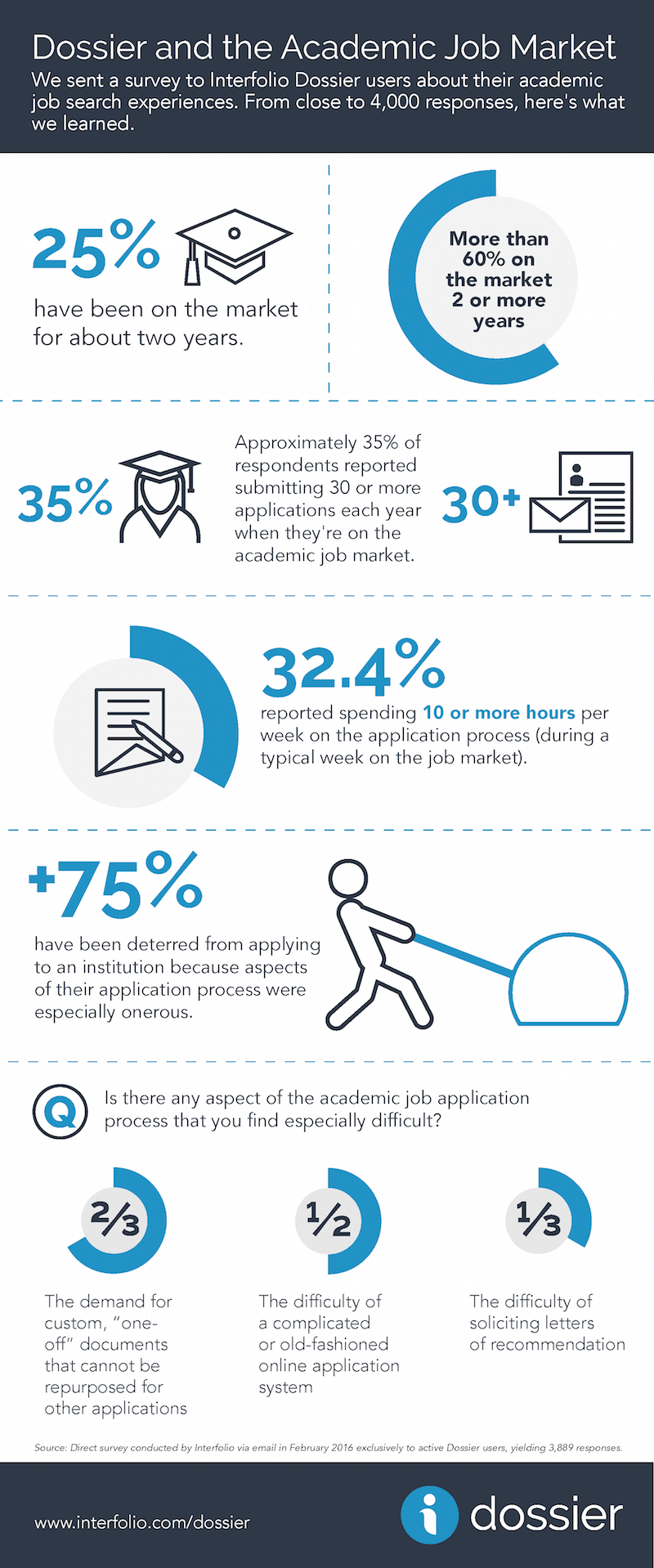This post continues our series—begun last fall during faculty hiring “high season”—by a onetime academic job seeker, now academic-at-large, on how to make the most out of student evaluations.
Student evaluations of teaching can be terrible.
- So say a growing number of professors who are tired of feeling like their careers hang on the whim of students who have taken a dislike to them.
- So say researchers who have found that students evaluate women and people who aren’t “hot” as worse teachers than men and the attractive.
But, as Kevin Gannon recently wrote in the Chronicle of Higher Education, despite every flaw of this system, “students are experts on what they experienced and learned in a course, and they ought to have a voice.” Most institutions continue to agree.
So it is with some ambivalence that we recommend some things you can do to make this process as painless—and maybe even helpful?—as possible.
Leave plenty of time for students to complete evaluations.
A cynic might point out that there are a number of things you can do to manipulate the situation so that your students perceive you kindly at evaluation time. We’ve heard everything from “Don’t hand back an essay or a test right before giving the evaluation” to “Bring in brownies or cookies on evaluation day.” We have no comment on these tactics, but one thing you should definitely do is make sure students aren’t filling out forms in the last five minutes of the class, with backpacks half-zipped and one foot out the door.
Make clear the stakes of the process.
Don’t be desperate or get weird about it (it’s never great to beg), but do let students know how their evaluations will be used, on the job market or in seeking promotions. Also let them know that their feedback will be used to improve the class in following years. If possible, you could give an example of something you’ve changed after reading feedback from their predecessors, to show you’re serious.
If you can, elect the option to give your students evaluation questions that are specific to your class.
This may or may not be possible at your institution, but if you are able to select particular questions, or to make up questions of your own, do this. This goes a long way to mitigate the institutional feeling of the Scantron sheet. Your students will get more of a sense that the evaluations are connected to the class they took; you will get better feedback for improving the class next time; and the evaluations will be more meaningful for assessors reading results.
Know how student evaluations are used at your institution.
The research on student evaluations shows that there are better and worse ways to use them in assessing a faculty member’s effectiveness.
- Will your tenure committee know to consider patterns of response, instead of individual negative comments from bitter students?
- Will they take the difficulty of your class into account?
- Does your school know about the research into student bias, and will assessors integrate it into their process?
- Will the student evals be combined with other ways of assessing your teaching effectiveness?
The more you know about the process, the better—and if the process is antiquated and unfair, investigate ways to change it. (We know, we know—in your free time, right?)
When you are presenting evaluations for promotion or to get a job, try to put them in context.
If you’re given space to do so, embed your evaluation data and students’ written comments into a narrative. You can let your reader know what kind of class you were teaching, what kinds of assignments you gave, and any other information that would help them understand why you got the scores and comments that you got.
And, last but not at all least: Try not to take any individual bad evaluation too personally—summer is just around the bend.
Interfolio’s Dossier enables scholars to collect, curate, polish and send out their materials at all stages throughout their academic professional path. Learn more about Dossier here.





